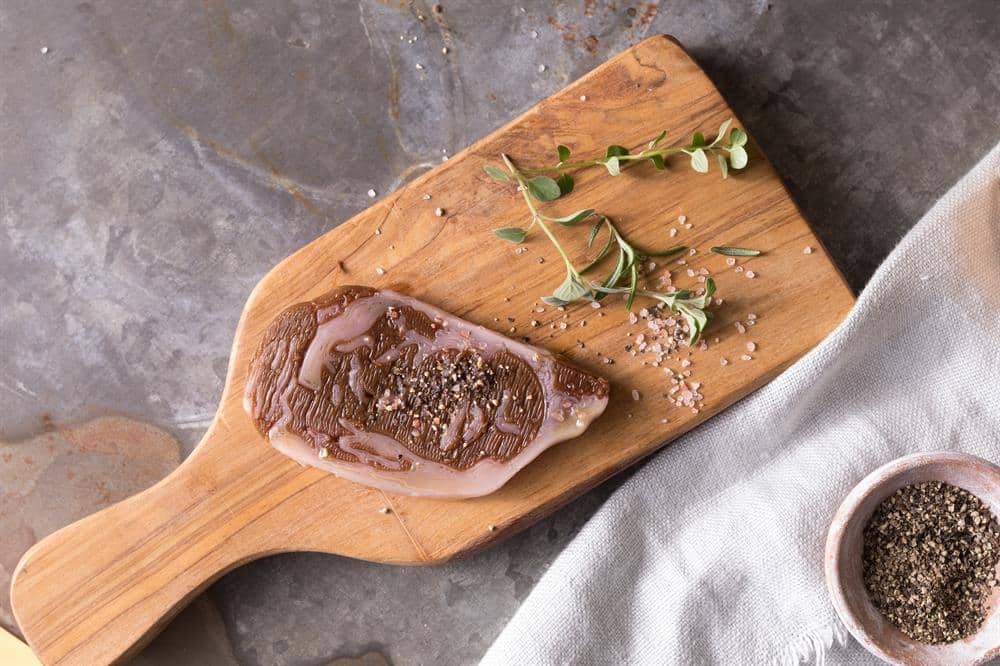Among many different food cultures around the world, there are different culinary experiences featuring steaks. Traditionally, steaks are categorized by the breeds of cattle, grade shields and the part of the cow from which the meat came. Whether it’s filet, sirloin or a ribeye, preferences for fat and level of marbling in steaks vary between food cultures and individual preferences. Some people prefer leaner steak while others prefer fattier cuts.

At Aleph Farms, we understand that in order to drive broader impact over the long term, we must build a diverse portfolio of products that can deliver against different consumer preferences around the world. In February 2021, we announced our second production platform that can produce any type of steak. This new platform uses the unique technology of 3D bioprinting, and was developed in collaboration between the research lab of our CSA in the Technion, Professor Shulamit Levenberg and the Aleph Farms’ team in Rehovot, led by Dr. Neta Lavon, our CTO. We are glad to share the academic paper we published with our research partners on the high-impact peer-reviewed journal “Biomaterials”.
Our 3D bioprinting platform allows us to assemble a structured piece of steak from the bottom up, directly from its natural building blocks – the cells. This 3D bioprinted muscle tissue is then incubated, allowing the cells to continue their development and interaction in a similar manner to what happens inside the cow’s body.
One of the major challenges that this work solves lies in replacing the extracellular matrix that supports the muscle tissue growth, made of animal proteins in nature. Here we have used non animal derived materials from the plant kingdom that offer a preferred sustainable source, while keeping the structural properties that support the growth and differentiation of the cells into structured muscle tissue and the preferred organoleptic experience of the steak.
Prof. Levenberg and her team leveraged their immense experience in the medical world to create this proprietary vascular-like system, producing a bio-ink that includes muscle and fat cells and coupling it with a pea protein that serves as the scaffold. These developments resulted in a similar shape and structure to a conventional ribeye steak. The control over the desired design of the ribeye, as well as the amount of fat cells used in the bio-ink, determine the level of marbling that exists in the final product.
“In the engineering process we developed in the lab, we tried to mimic the natural process of tissue formation inside the animal’s body as much as possible. The cells successfully adhered to the plant-based scaffold, and the growth and differentiation of the cells proved successful as well.”, said Prof. Levenberg from the Biomedical Engineering faculty at the Technion. “Our bio-ink led to a consistent distribution of the cells on the bioprinted scaffold, promoting growth of the cells on top of it. Since we didn’t use any animal-derived biomaterials, our findings promise greater development of the cultivated meat market moving forward.”
This research was led by Iris Ianovici, a PhD student at Prof. Levenberg’s lab in the Technion. Other contributors are Dr. Yedidya Zagury and Dr. Idan Redensky.
